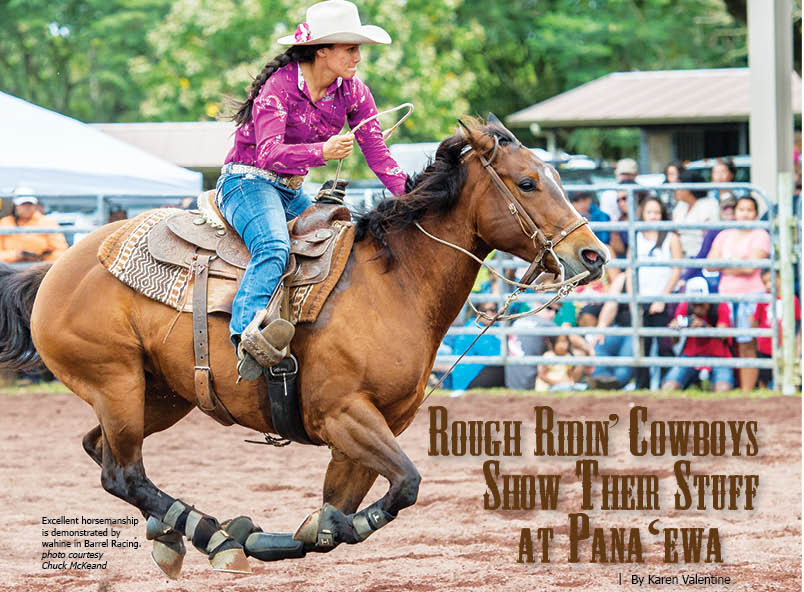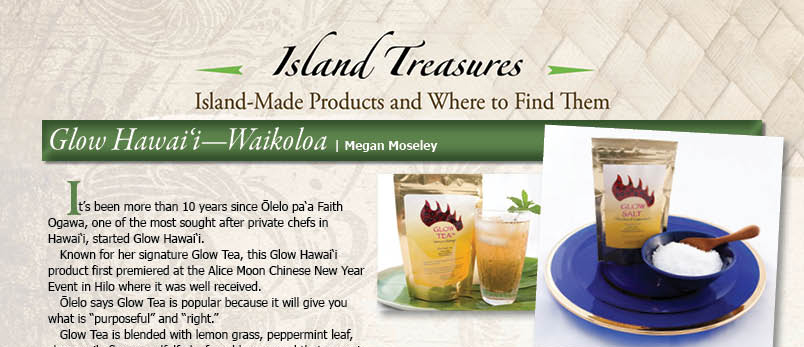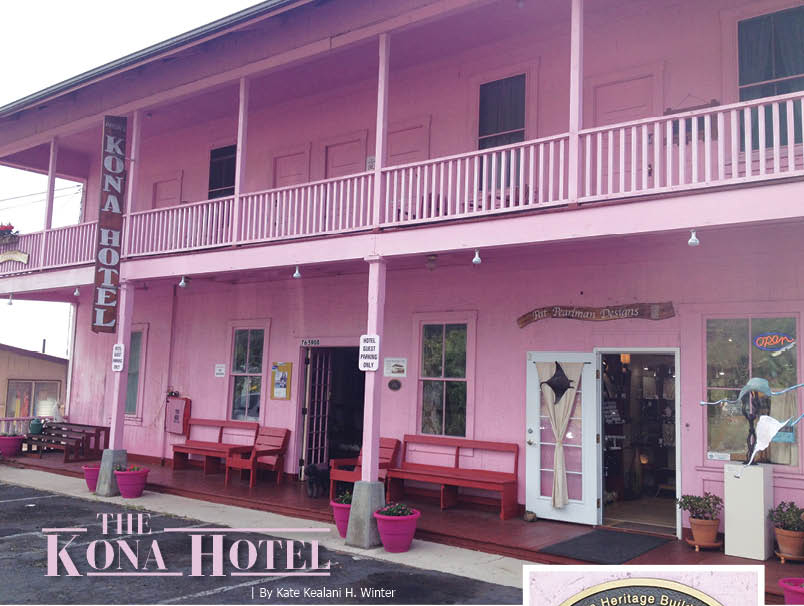
Ke Ola Pono: Ka Hula
 By Leilehua Yuen
By Leilehua Yuen
Most of us could use a bit more movement in our lives. Being physically active has many health benefits. Studies have shown that the average American walks fewer than 6,000 steps each day. Yet by walking 10,000 steps each day, after two months, people found their blood pressure went down and glucose levels improved.
One way to increase our steps each day is through hula. In my own classes, a one-hour beginner session is equal to about 2,000 steps. As a hula dancer, now kumu hula, I frequently was teased by my running friends and told I should join them in “real” workouts, rather than “just dance.” Then, I would be fit enough to join them in the runs.
So, I did only my hula practice, then dressed in my full hula regalia and ran a 10K with them. Barefoot. With lei. Chanting. No, I didn’t win. However, I ran the whole way and crossed the finish line still chanting!
This is not new information. After a five-year study in 2012, researchers from the University of Hawai‘i John A. Burns School of Medicine (JABSOM) and The Queen’s Medical Center in Honolulu presented preliminary findings to the participants of the study.

The Hula Empowering Lifestyle Adaptations (HELA) study followed 60 residents of Hawai‘i, all of whom had suffered from heart attack, heart failure, or undergone heart surgery within two to 12 weeks before the five-year research project began. The research goal was “to establish the measured metabolic rate of hula practice, and learn whether physicians might be able to prescribe hula as a cardiac rehabilitation therapy,” says Mele Look, Director of Community Engagement for JABSOM’s Department of Native Hawaiian Health in a 2012 medicalxpress website article.
The study found “that hula can match the cardiac workout of a pick-up basketball game,” Mele reveals in the article.
It is widely reported in medical literature that cardiac rehabilitation—read “regular exercise”—can reduce the chance of death from another heart attack by as much as 56%. The problem is follow through, according to Mele, “many people simply don’t do it.”
Death rates for Kanaka Maoli, Native Hawaiians, are almost twice those of other ethnic groups. Finding a culturally relevant form of exercise is critical for the Hawaiian population.
Hula, a global icon of Hawaiian culture, had never before been quantitatively evaluated as part of a health program, though for generations local doctors have encouraged patients to dance hula as a way to maintain flexibility and improve cardiac function.
The medicalxpress article further states, “The researchers believe social support plays an important role in recovery from hospitalization for a major cardiac event, improving long-term survival and lowering the risk or rehospitalization.” Hālau hula, traditional hula schools, have been known for centuries as tightly knit groups, often functioning as extended family, providing strong social bonds that often last a lifetime.
Medicalxpress concludes, “The National Institutes of Health provided support for the study, which found:
- The level of energy expended dancing hula, among competitive hula dancers when dancing continuously, was found to be 6.6 MET, which is between a pick-up basketball game and a casual tennis match.
- High intensity dances of hula were measured in the range of a competitive basketball or volleyball game.
- Utilization of hula-based cardiac rehabilitation program was found, in preliminary results, to provide cardiopulmonary benefits similar to what is expected from a cardiac rehabilitation (CR).
- High levels of social support were created in the hula-based CR class. Participants reported improvement in mental and social well-being. They reported the cultural content enhanced the therapy and specifically that hula integrated mind, body, spirit and culture. The study found retention and attendance were very high for participants of the hula-based cardiac rehabilitation classes.”The research team included Dr. Todd Seto of The Queen’s Medical Center and JABSOM’s Center for Cardiovascular Research; Dr. Keawe‘aimoku Kaholokula, Chair of JABSOM’s Department of Native Hawaiian Health; Mele Look, Director of Community Engagement for JABSOM’s Department of Native Hawaiian Health; Mapuana de Silva, Kumu hula of Hālau Mōhala ‘Ilima; Dr. Kahealani Rivera of The Queen’s Medical Center; Dr. Gregory Maskarinec of JABSOM’s Department of Native Hawaiian Health and Kalehua Felice Tolentino, The Queen’s Medical Center.
Contact writer Leilehua Yuen


